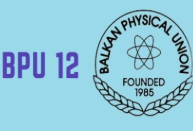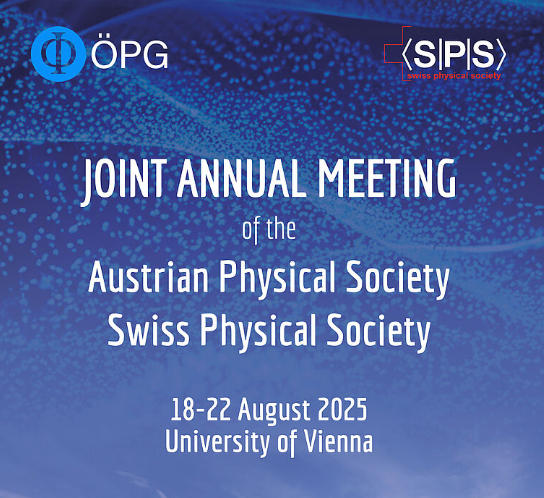Eur. Phys. J. A 12, 29-40 (2001)
Some considerations on the restoration of Galilei invariance in the nuclear many-body problem
Part I: Mathematical tools, spectral functions and spectroscopic factors of simple bound states
K.W. SchmidInstitut für Theoretische Physik der Universität Tübingen Auf der Morgenstelle 14, D-72076 Tübingen, Germany karl-wilhelm.schmid@uni-tuebingen.de
(Received: 20 February 2001 / Revised version: 22 May 2001 Communicated by D. Schwalm)
Abstract
The mathematical tools to restore Galilei invariance in the nuclear
many-body problem with the help of projection techniques are presented.
For simple oscillator configurations recursion relations for the various
elementary contractions are derived. The method is then applied to simple
configurations for the ground states of 4He, 16O and 40Ca as
well as to the corresponding one-hole and one-particle states. As a
first application the spectral functions and spectroscopic factors for the
above-mentioned doubly even nuclei are investigated. It turns out that the
conventional picture of an uncorrelated system underestimates the
single-particle strengths of the hole states from the last occupied shell while that
of the higher excited hole states is overestimated considerably.
These results are in complete agreement with those derived by Dieperink
and de Forest using different methods. Similar effects are seen for the
particle states which have not been studied before. All the calculations
presented here are performed analytically and thus can be checked explicitly
by the interested reader.
21.60.-n - Nuclear-structure models and methods.
© Società Italiana di Fisica, Springer-Verlag 2001




